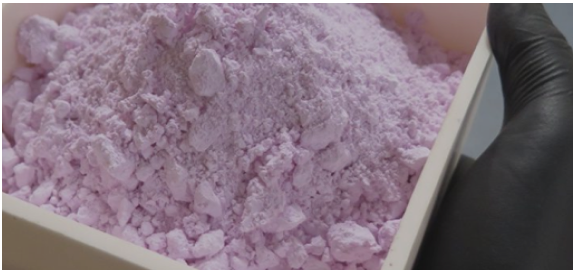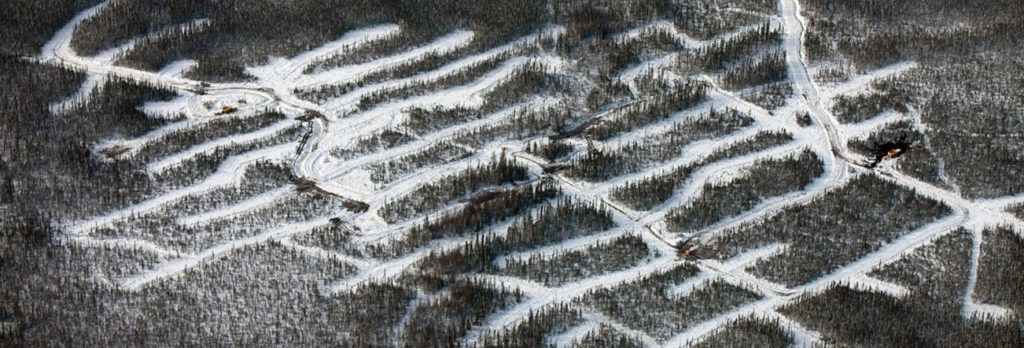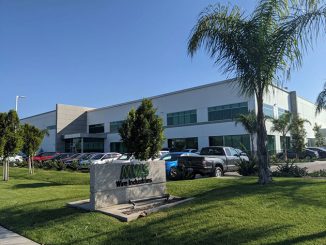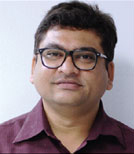
Geomega Resources, a Canadian developer of clean and alternative technologies for the extraction, refining and recycling of rare earths and other critical materials, has decided to consolidate its operations into a single, larger location in the town of St Hubert, Quebec. The site will include its magnet recycling demonstration plant which has garnered several funding awards recently. It is planned for a throughput capacity of 1.5 tons per day of feed material.
The company’s R&D subsidiary, Innord, has been awarded a $493,000 government grant for the development of its process for recycling of hydrochloric acid from several metal chlorides which can be used for rare earth elements and scandium recovery from multiple sources.
The addition of new R&D projects over the last 24 months, including this HCl recycling process and more projects in the pipeline to expand its technologies to other major applications, has resulted in an increased space requirement which led to the site selection, according to Kiril Mugerman, president & CEO. The operation will be based at a standalone facility of over 18,000 sq.ft in the Gérard-Leclerc industrial zone of St Hubert near Montreal, close to its previous location. “We are thrilled with this new location as it will allow us to streamline Geomega’s operations in the future and simplify the construction of the demonstration plant.” said Mugerman.
The recycling research project is expected to be completed over 24 months and will have important
synergies with other projects of the Corporation. Hydrochloric acid (HCl) is a strong leaching reagent that can be used to extract rare earths, scandium and other metals from various sources such as permanent magnets, monazite, bastnaesite and bauxite residues. Although it has many advantages, its cost compared to sulfuric acid can be prohibitive due to its high consumption by gangue minerals and other major elements. This often results in important volumes of spent water and solid residues and solutions with only limited efficiency are available today to recycle HCl. The solution being developed by Innord is an alternative method which allows to regenerate HCl from an aqueous solution of metal chlorides without the need for high temperature treatments.
Other recent fundings have included $3M in funding from Canada’s Critical Minerals Research, Development & Demonstration (CMRDD) Program, administered by Natural Resources Canada, towards the construction of the magnet recycling demonstration plant.
Earlier, in January, Geomega was awarded a $3M grant from Quebec’s Technoclimat Program, administered by the Ministry of the Environment and the Fight Against Climate Change, Wildlife and Parks towards the construction of the magnet recycling demonstration plant.
Geomega conducts its research and development activities through Innord, a wholly owned private subsidiary and its innovation arm at the National Research Council of Canada facilities in Bouchverville. The R&D team conducts bench scale, piloting testwork and engineering as it develops the various technologies and scales them up towards commercial applications. Innord’s R&D team is composed of various researchers and engineers from a variety disciplines, led by Dr. Pouya Hajiani, the chief technology officer of Geomega and Innord.
Geomega also owns 100% of the Montviel rare earth and niobium deposit, located in Quebec with the largest 43-101 bastnaesite resource in Canada.

Geomega has worked with HCl as far back as 2013 while developing the Montviel flowsheet but the limitations of HCl recycling has always been a major challenge. The development of this process can open the door to new extraction methods by lowering the cost of leaching and limiting the chloride effluent or residues in processes that use HCl today. These results could ultimately be applied to other critical and strategic metals such as Co, Ni, Nb, Li and others, while also helping replace sulfuric acid in some processes which will make it more environmentally sustainable and more cost competitive, said Mugerman.



